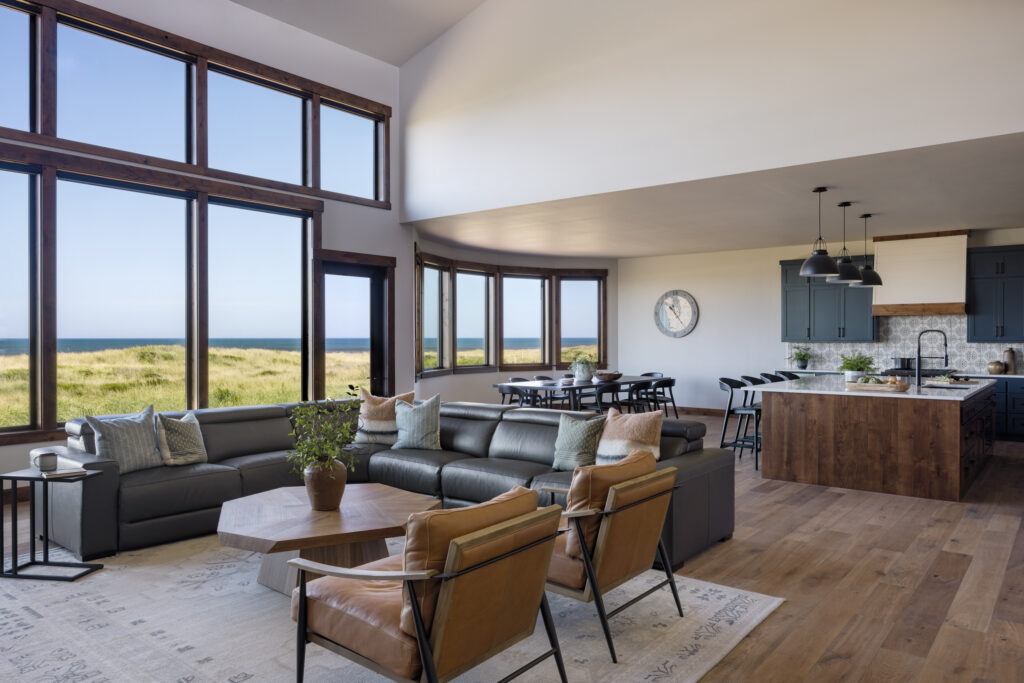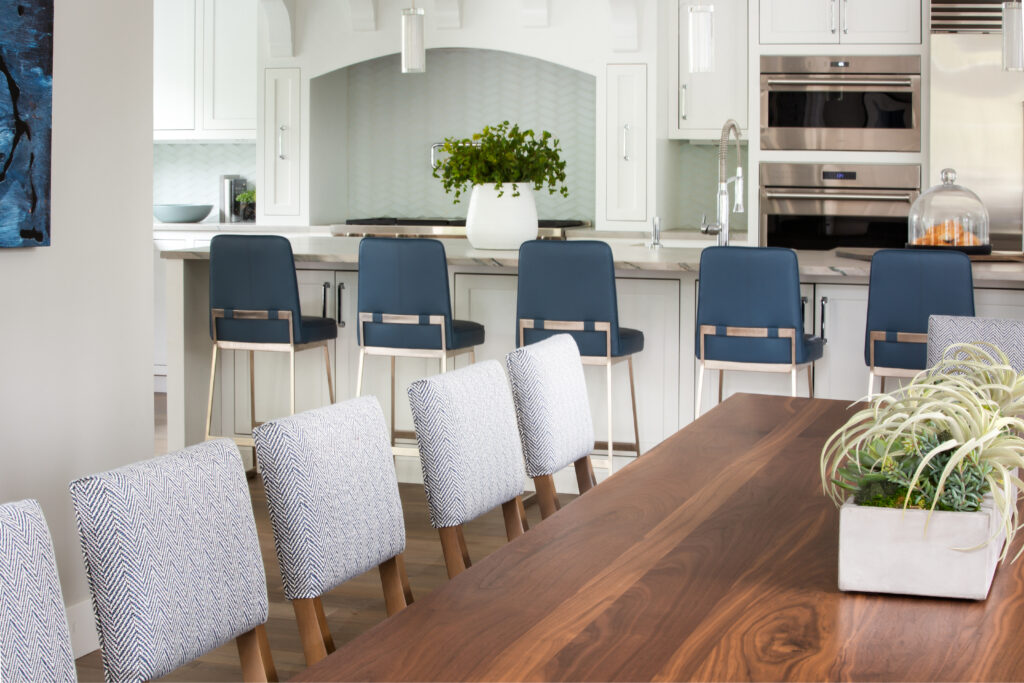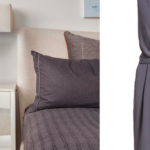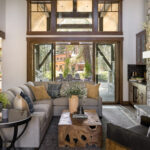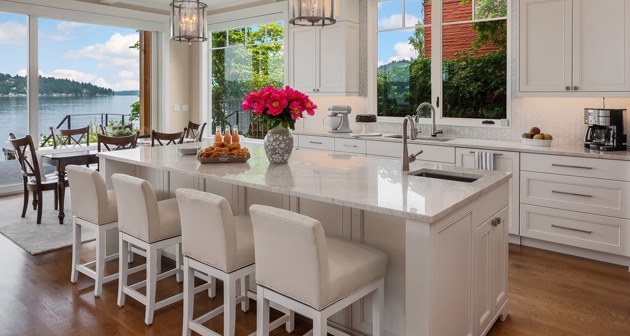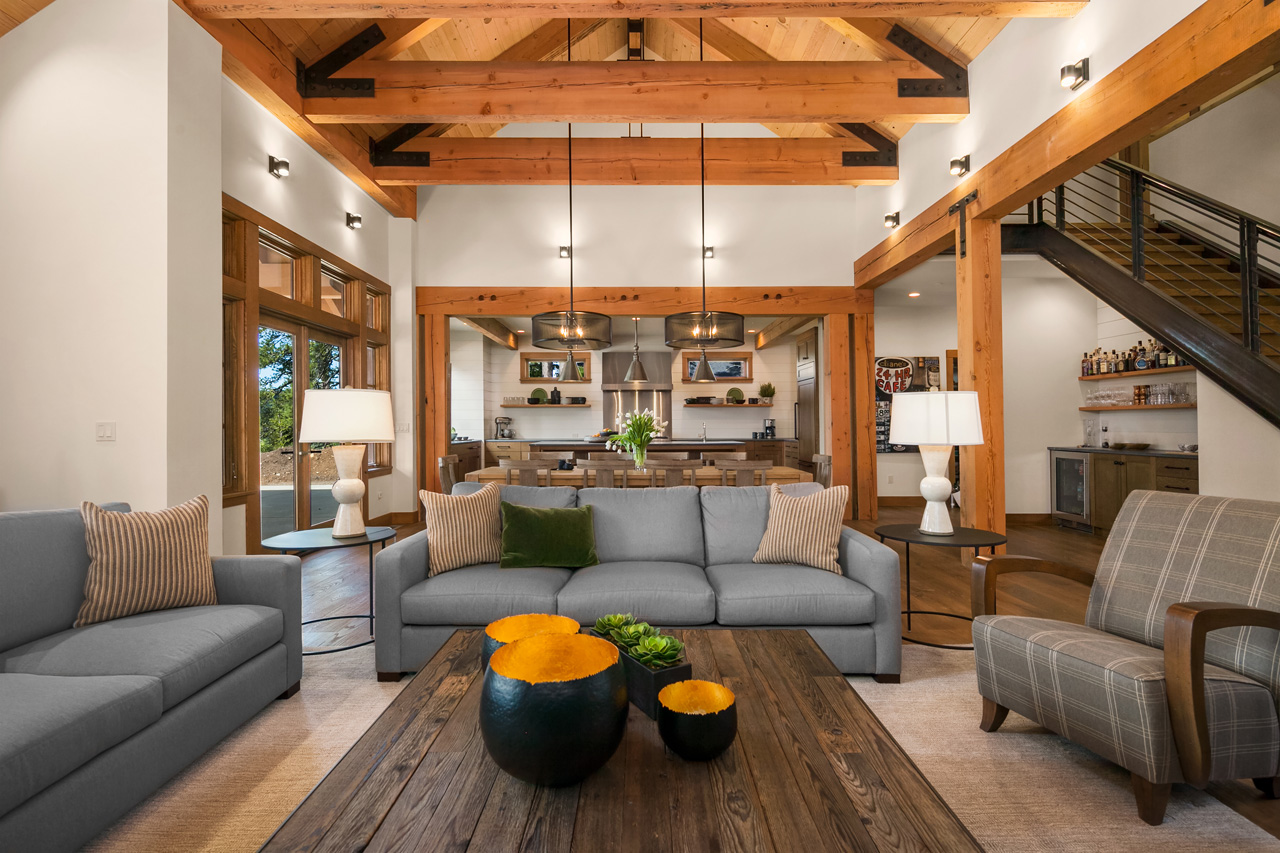
Open floor plans are all about connection — bringing the kitchen, living, and dining areas together in one beautiful, breathable space. But while the idea sounds dreamy, the reality can sometimes feel… well, tricky. Without walls to naturally separate rooms, how do you keep the space feeling cohesive and functional?
Don’t worry — it’s completely doable (and worth it). Whether you’re moving into a new home or refreshing your current layout, here are some simple, professional tips to help you create flow without losing function in your open floor plan.
1. Define Spaces with Furniture (Not Walls)
One of the biggest mistakes people make in an open plan? Treating it like one big room. Instead, use furniture to define “zones” within the space.
- Area rugs are a must. Placing a rug under your living room seating group instantly tells the eye, “this is where we gather.”
- Sofas and chairs can act like subtle room dividers. Float a sofa in the middle of the space (instead of pushing it against the wall) to create a natural boundary between living and dining areas.
- Lighting matters too. Hang a statement chandelier above the dining table and use table lamps or floor lamps in the living area to anchor each space.
2. Keep a Consistent Color Palette
One of the easiest ways to create flow is with color. If each zone has a completely different palette, things can start to feel very busy, very fast.
Instead, choose a cohesive color scheme that runs throughout the entire space. This doesn’t mean everything has to match — just that there’s a clear tone tying it all together.
- Pick 2-3 main colors and repeat them in different ways: a throw pillow here, a piece of art there, an accent chair in another zone.
- Use variations of the same color (like different shades of blue) to add interest without disrupting the flow.
- If you start with a neutral base (like soft greys, creams, or warm taupes) then layer in pops of color.
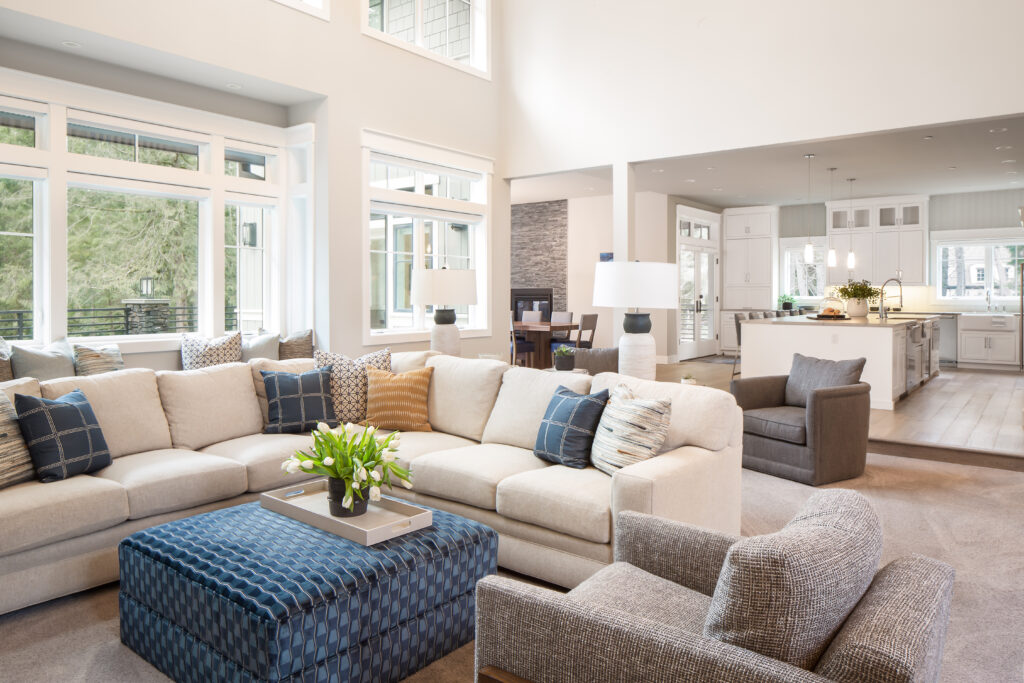
3. Create Visual Breaks
Sometimes, a wide-open plan can start to feel a little overwhelming. Adding “visual breaks” — small moments where the eye can rest — keeps the space feeling balanced.
Try:
- Statement light fixtures to define each space – just ensure they complement each other
- A freestanding bookshelf or console table that subtly divides spaces
- Major focal points – like a feature wall
- A change in architectural features (like beams or molding) to differentiate areas without building walls

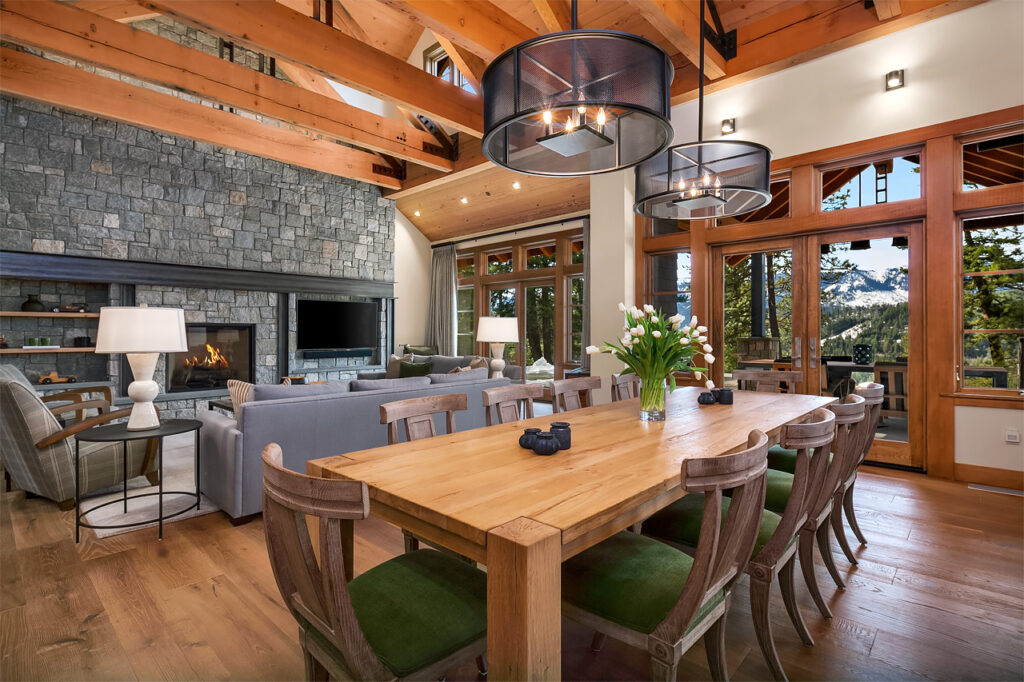
An open floor plan gives you so much flexibility, but it also takes a little extra thought to get it right.
The goal is to balance flow with function — making sure each zone has a purpose, but the whole space feels cohesive.
The beauty of an open plan is that it can evolve with your life. Move a chair. Swap out a rug. Try a new art piece. It’s a living, breathing space — and that’s what makes it feel like home.
If you’re ready to create an open plan living space of your own, we’d love to help. Contact us — we can’t wait to hear about your project!
Kindly,
Michelle

